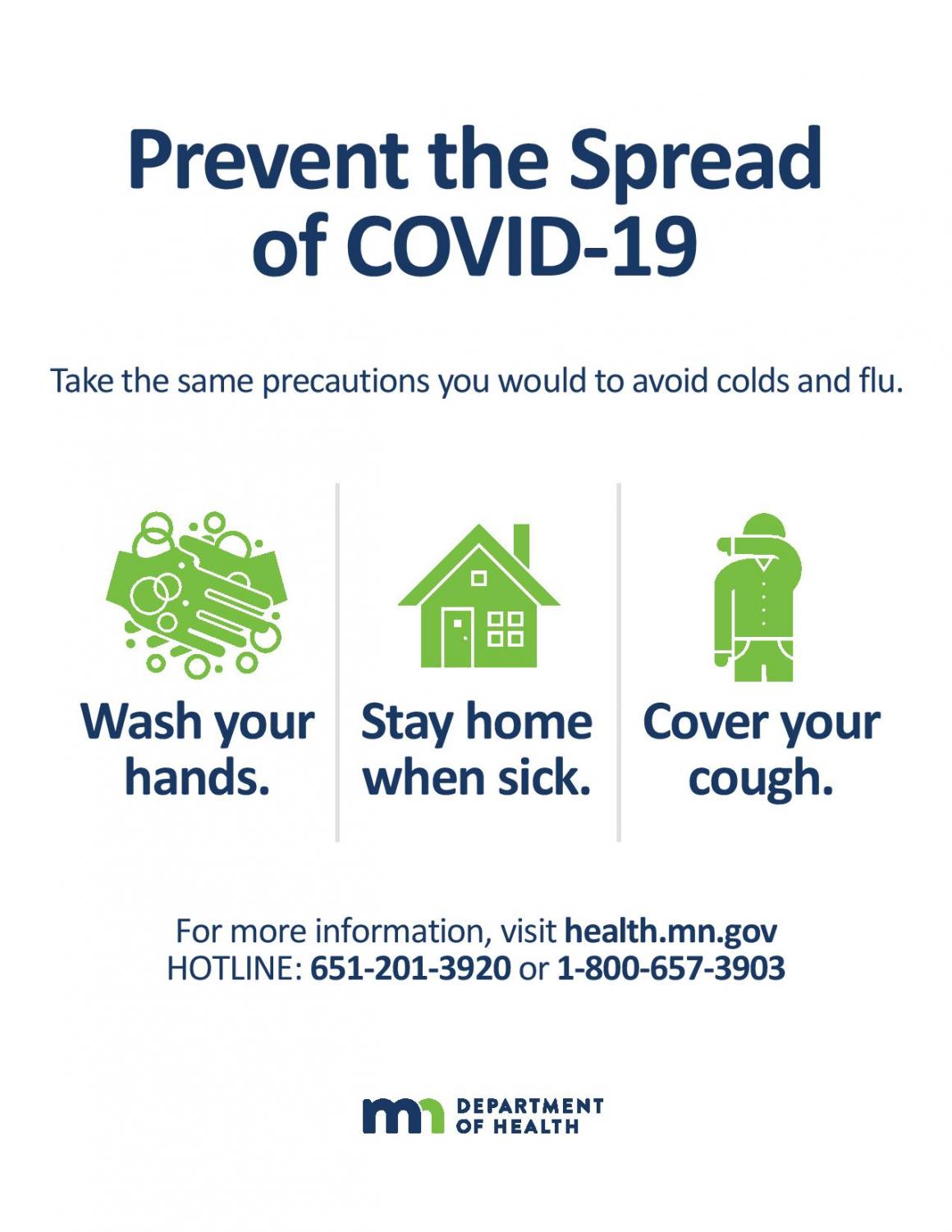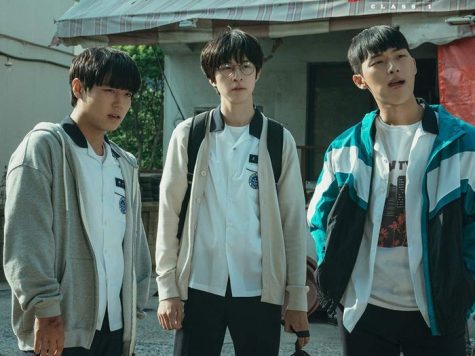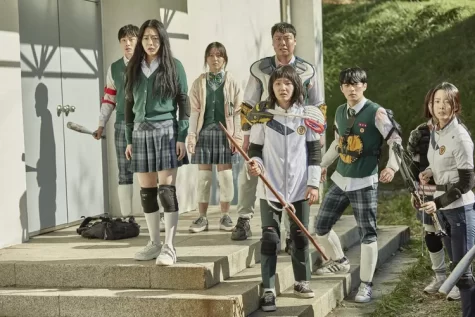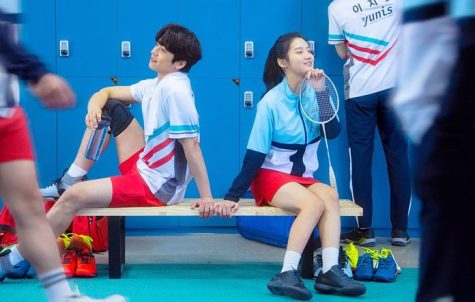Classes on Chromebooks lack social, intangible benefits of traditional school
May 28, 2020
Picture this: people are stocking up on everything and businesses are closing, quarantine is starting, and we still have to go to school? Well, sort of. Whilst in the chaotic mess of the COVID-19 pandemic, our educators have found a way to provide us with an education without putting us in harm’s way of potential contact of the virus. It is distance learning, which is being enacted through daily Zoom class meetings. However, one must ask, how good of a quality education can be given via a video phone call?
First and foremost, classes are shorter and almost all material has to be put in video or slideshow form. This greatly limits how teachers can teach, and it also may ruin future lesson plans they had for the year. Also thrown into the mix are the two weeks we missed to prepare for distance learning. That’s half a month of our educational timeline out the window. This greatly speeds up our curriculum which means the education provided on Zoom is already minimized.
It’s also important to note that many students are hands-on learners. Lots of classes require a direct approach or necessitate a physical presence. Zoom can’t make students run a mile or learn how to make pancakes with Ms. JJ. School-issued Chromebooks also simply don’t have the software for classes such as Design Studio and other computer-based classes. This makes distance learning only actually helpful for a handful of core subjects.
“Strength training is especially more difficult now,” Dennis Johnson (12) said.. We no longer have access to a weight room which is required to do the parts that make up the main core of the class.” said Dennis Johnson (12).
Nothing can compare to being able to just sit down with a teacher individually and have their undivided attention to work a problem out. That social interaction between teachers and students and students and their peers is vital to living a socially healthy existence and to create trust between a student and teacher. These bonds become critical when students approach their senior year and have to ask teachers for letters of recommendation. Important bonds such as those between student and teacher cannot be made via an impersonal phone call.
In all, physically going back to school too early is dangerous and is definitely not something to advocate for. However, distance learning is nothing compared to the in-classroom learning experience that students have come accustomed to over the years. There should never be a day where teachers are replaced with videos and robots, and desks replaced with computers.
There are elements to learning in person that are fundamental to growth as not just a student but as a person. For example, those students who need help from school counselors on a regular basis do not have that support. These in-person moments are vital to their growth.
“There are a lot more steps/barriers instead of the student being able to walk into our office or a support staff being able to pull a student out of class to talk to a student,” CHHS social worker Ms. Angela Schutta said. Students are not seeking support now or they don’t know where to seek the support or when support staff reaches out the student doesn’t respond back.”
When in school, students have the opportunity to socialize with their peers and grow personal relationships that help them bloom into the person they are. They learn social cues and the etiquette that is required in the real world as an adult. Social skills built in the classroom by in-class discussions and student presentations simply cannot be built as efficiently and as successfully over Zoom.
Students are meant to learn in person in a classroom, and at some point when we go back to in-classroom learning we should take a second to appreciate all of the opportunities and proper education a school building and a traditional in-person education brings to us.













